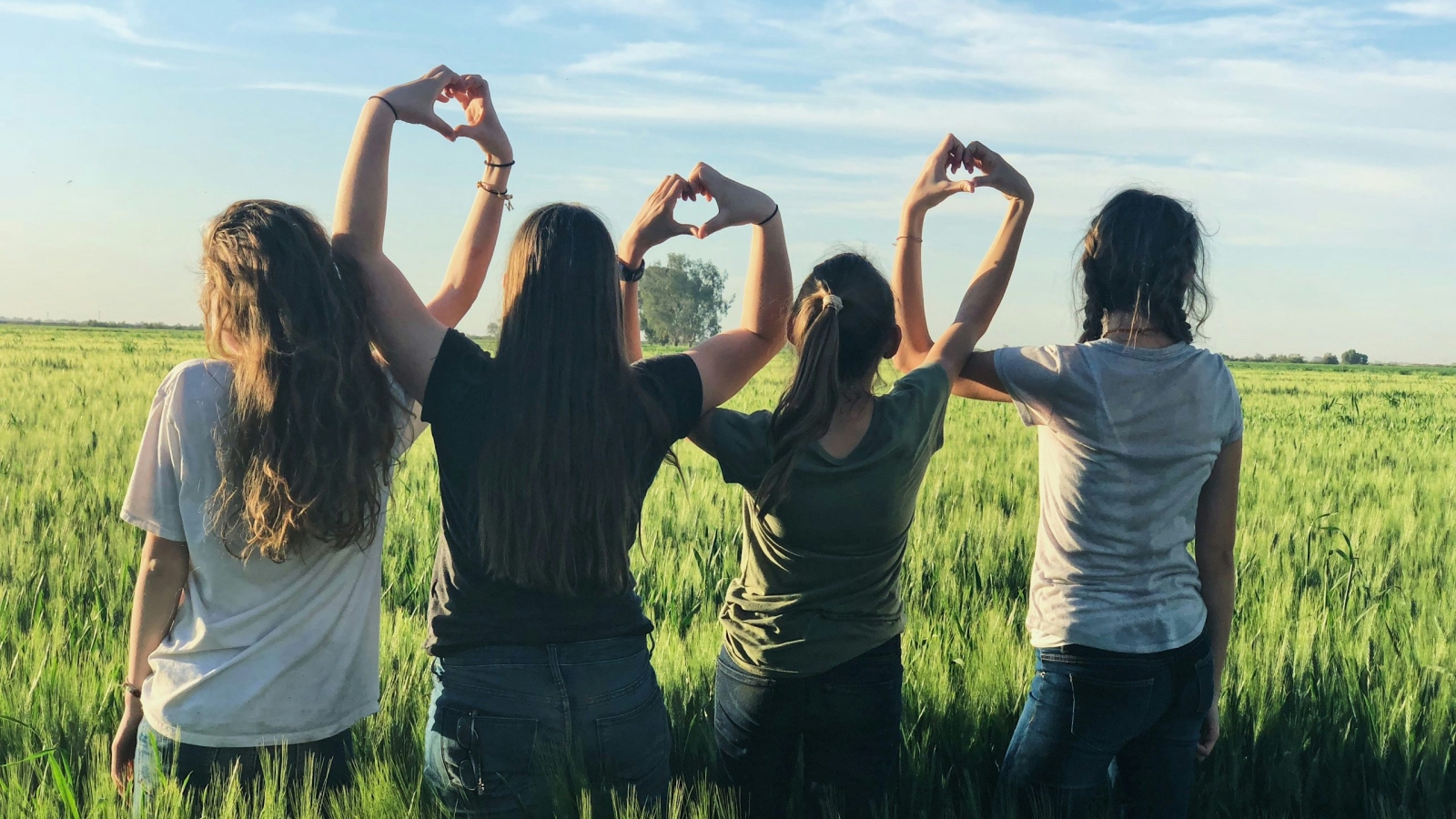In the age of digital classrooms and online learning, the traditional field trip might seem like a relic of the past. However, its value, particularly in the realm of environmental conservation, remains as relevant as ever. Field trips offer a unique opportunity to step outside the confines of the classroom and engage with the natural world in a hands-on, immersive way. This experiential learning is crucial in fostering a deep, personal connection to the environment, which is essential for cultivating a sense of responsibility and commitment to conservation.
1. Hands-On Learning and Real-World Application
One of the primary benefits of field trips is the opportunity for students to engage in hands-on learning. When it comes to environmental conservation, this means observing ecosystems, wildlife, and natural processes firsthand. For instance, a visit to a local forest, wetland, or marine reserve allows students to see the interconnectedness of life and the importance of preserving these delicate ecosystems.
In the classroom, students learn about concepts like biodiversity, climate change, and pollution through textbooks and lectures. However, these concepts can often feel abstract. A field trip brings these ideas to life, allowing students to witness the effects of environmental degradation and the importance of conservation efforts in real time. This tangible experience can be a powerful motivator, making the need for environmental stewardship more immediate and personal.
2. Fostering Empathy and Connection to Nature
A fundamental aspect of environmental conservation is the emotional connection to nature. People are more likely to protect what they love and appreciate. Field trips provide an opportunity for students to develop this connection by spending time in natural settings. Whether it’s the awe of seeing a majestic tree that’s hundreds of years old or the joy of watching a butterfly flit from flower to flower, these experiences foster a sense of wonder and respect for the natural world.
Research has shown that children who spend time in nature are more likely to develop pro-environmental attitudes and behaviors as they grow older. Field trips are a way to plant the seeds of conservation early, nurturing a generation that values and protects the environment.
3. Encouraging Critical Thinking and Problem-Solving
Environmental conservation is a complex issue that requires innovative solutions and critical thinking. Field trips can help develop these skills by challenging students to think about the environmental issues they observe and consider potential solutions. For example, a trip to a local river might involve a discussion about water pollution, followed by a hands-on activity where students test water quality or identify sources of pollution.
These experiences encourage students to think critically about the impact of human activities on the environment and consider how they can make a difference. By engaging directly with environmental challenges, students develop problem-solving skills that are essential for addressing the conservation issues of the future.
4. Connecting Classroom Learning to the Real World
Field trips bridge the gap between theoretical knowledge and real-world application. In the context of environmental conservation, this connection is vital. For example, after learning about the importance of trees in combating climate change, students might visit a reforestation project where they can see the principles in action. This direct connection reinforces classroom learning and demonstrates the relevance of conservation efforts in everyday life.
Moreover, field trips often involve collaboration with local organizations, scientists, or conservationists, providing students with role models and potential career paths in environmental fields. Seeing professionals at work in the field can inspire students to pursue careers in conservation, ecology, or environmental science, further contributing to the protection of our planet.
5. Promoting Environmental Stewardship
Ultimately, the goal of environmental education is to cultivate environmental stewardship. Field trips play a crucial role in this by giving students the knowledge, skills, and emotional connection they need to become advocates for the environment. Whether it’s through participating in a beach cleanup, planting trees, or observing wildlife, these experiences empower students to take action and make a difference in their communities.
By fostering a deep understanding and appreciation of the natural world, field trips help students see themselves as part of a larger ecosystem, with a responsibility to protect and preserve it. This sense of stewardship is essential for addressing the environmental challenges of today and ensuring a sustainable future for generations to come.
Conclusion
In an increasingly digital world, the value of field trips, particularly in the context of environmental conservation, cannot be overstated. These experiences provide students with the opportunity to engage with nature, develop critical thinking skills, and cultivate a deep, personal connection to the environment. By stepping outside the classroom and into the natural world, students gain a better understanding of the importance of conservation and are inspired to become the environmental stewards of tomorrow. As educators, parents, and communities, it is our responsibility to ensure that these valuable experiences continue to be a part of the educational journey, helping to nurture a generation that is committed to protecting our planet.


Leave A Comment